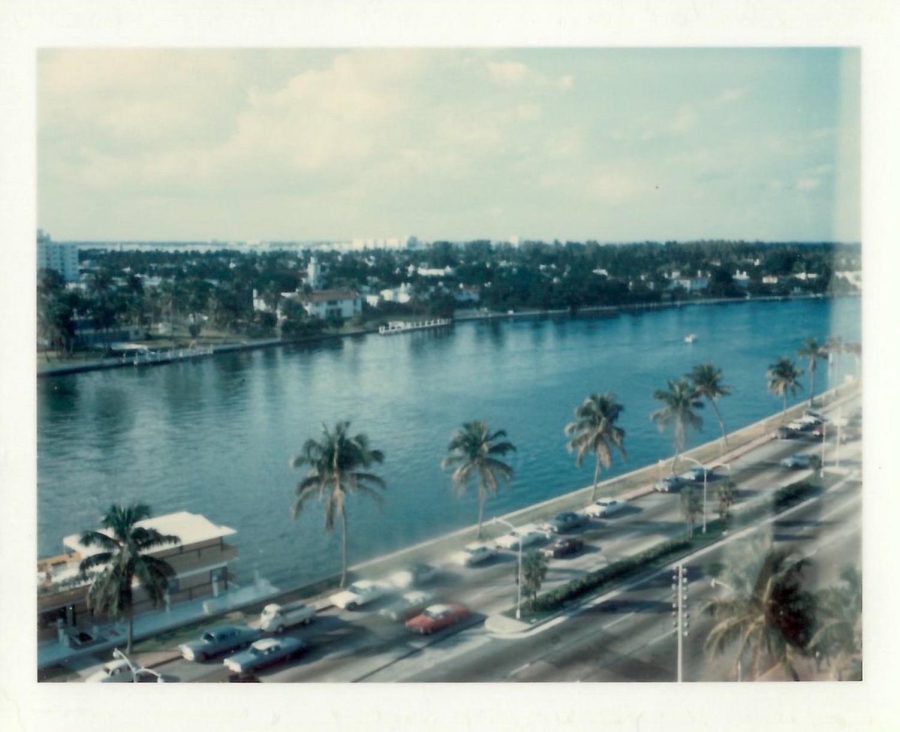Miami Under Attack: Why Miami Did Not Build Shelters
October 18, 2022
Mark Gauert / South Florida Sun Sentinel
Mark Gauert’s view of the Indian Creek waterway from his family’s room at the Eden Roc in Miami Beach in January 1969. It looks about the same today except for the vintage automobiles.
While Miami in the 1960s was not a prime target for nuclear strikes due to its smaller population and geographic isolation, it was still ground zero for the preparation of strikes in the event of Soviet hostilities. However, since then Miami has become the ninth largest metropolitan area in the United States of America. Here we look back on the reasons why Miami never invested in public nuclear shelters.
The absence of nuclear shelters in Miami paints a unique image of this city and how much it has changed since the 1960s. The Miami Metropolitan Area has been maintaining positive growth since the 1950s. In 1950, the city had a total population of a little more than 600,000. Forwarding to 2022, the city now has over six million people. The population of Miami in the 1960s is the first reason why shelters were never constructed. At the time, other major cities such as Los Angeles and New York City had shelters built due to their large populations. These cities were seen as primary targets in the case of a nuclear attack. However, the population of Miami was believed to be low enough for it to not be a significant threat.
The second reason is that Miami has a much rockier layer of soil in part due to its limestone ground and its location next to the coast. However, contrary to popular belief, nuclear shelters do not have to be built underground. In fact, underground shelters tend to be easiest built when above ground. The construction of an above ground shelter tends to be more expensive as many more materials are involved in attempting protection from a nuclear blast. Miami could even go ahead and build underground shelters, as the existence of underground parking garages proves underground construction is possible. Also, during the 1960s municipalities within Miami-Dade County granted special permits for people to build shelters underground. This actually brings us to the next point. Miami compared to other cities relied more on private use, shelters built by individuals rather than large public shelters. This was done when the craze of nuclear shelters for South Florida hit its peak during the Cuban Missile Crisis. When a bomb could have been dropped at any moment, Miami did not have the time to design and permit public shelters. However, individuals could build smaller ones or even install prebuilt ones at a much faster rate, this however, is just speculation on my part when comparing when other cities’ nuclear shelters were built. Miami, at the time, was also preoccupied with preparing for an invasion from Cuba and serving as ground zero in the event an attack by the Soviets was launched.
